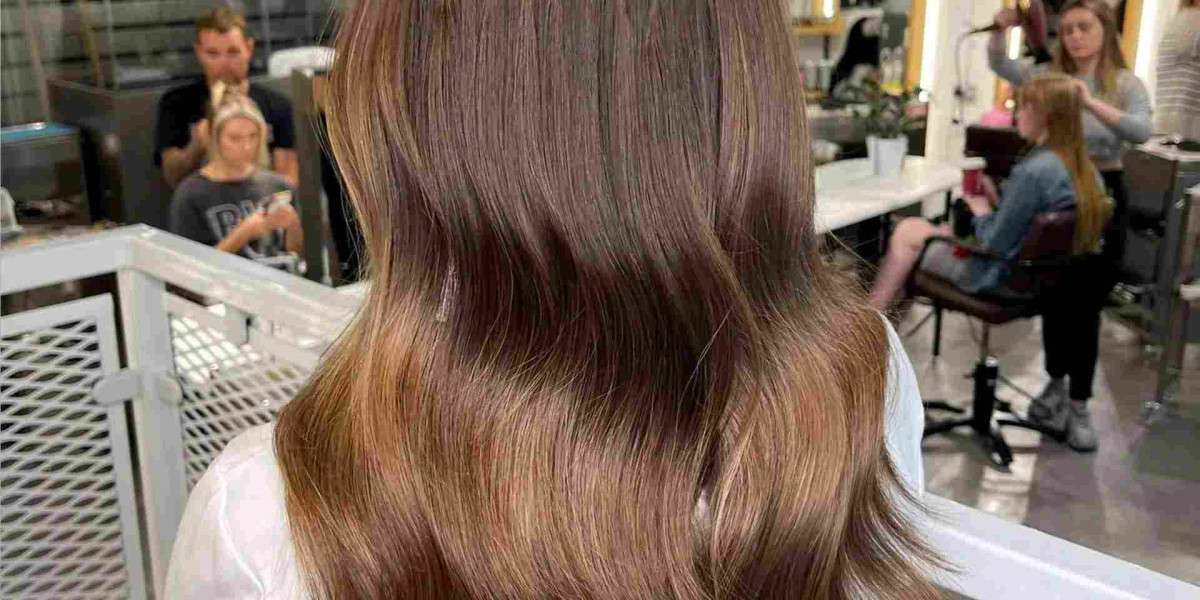Hair extensions have become a beloved accessory in the beauty and fashion world, offering a transformative experience for those desiring added volume, length, or style. However, the wide range of Hair Extensions types can be overwhelming for newcomers. Let's dive into the different types of hair extensions, exploring the unique features, benefits, and challenges of each.
Clip-in Extensions:
Clip-in extensions are among the most popular and user-friendly types available. As the name suggests, they come with clips that can be easily attached to or removed from the natural hair. Ideal for those seeking a temporary change, clip-ins offer versatility without the commitment.
Tape-in Extensions:
Tape-in extensions are semi-permanent and adhere to the hair using thin, double-sided tape. Applied close to the roots, they lie flat against the scalp, offering a seamless look. They require professional installation and regular maintenance but provide longer-lasting results than clip-ins.
Micro-link/Micro-bead Extensions:
Micro-link extensions, also known as micro-bead extensions, involve attaching individual strands to natural hair using small beads or rings. They do not require glue or heat for installation, which reduces potential damage to the hair. Periodic adjustments are necessary as the hair grows.
Sew-in or Weave Extensions:
Popular among those with thicker hair, sew-in extensions, often referred to as weaves, are braided into a cornrow base before the extension hair is sewn in with a needle and thread. These extensions can offer a full, voluminous look but require regular upkeep to ensure the braided base remains secure.
Fusion & Pre-Bonded Extensions:
Fusion extensions are attached using an adhesive and require a heat tool for the bonding process. This method offers a very natural look but can be more damaging to the hair if not properly maintained. Removal should be done by professionals to prevent hair breakage.
I-Tip Extensions:
Similar to micro-link extensions, I-tip extensions are attached using a bead. However, the hair is looped through the bead, which is then clamped down to secure it. This method allows for more natural hair movement.
Wigs and Hairpieces:
While not extensions in the traditional sense, wigs and hairpieces offer a full-head transformation. From full lace wigs to partial hairpieces, these options provide a complete change in appearance without altering the natural hair.
Conclusion:
The realm of hair extensions is vast and varied. Choosing the right type depends on your desired outcome, commitment level, and hair health. Regardless of the choice, professional guidance is always recommended to ensure optimal results and hair health. Whether seeking a temporary change or a long-term transformation, there's an extension type tailored for every individual's needs.
Search
Popular Posts
-
 High Class Call Girls Services in Faridabad | Faridabad Call Girls | Call Girls in Faridabad
By Tina Kapoor
High Class Call Girls Services in Faridabad | Faridabad Call Girls | Call Girls in Faridabad
By Tina Kapoor -
 Backlink Profil Strategi Penting bagi Situs Judi Online
Backlink Profil Strategi Penting bagi Situs Judi Online
-
 Unleash Your Creativity: Buy Creality 3D Printer from WOL3D Coimbatore
Unleash Your Creativity: Buy Creality 3D Printer from WOL3D Coimbatore
-
 Open Source Intelligence Market [2024-2031] Data Analysis and Brief Review
By John Robert
Open Source Intelligence Market [2024-2031] Data Analysis and Brief Review
By John Robert -
 Jobs in Mpumalanga: Opportunities in South Africa's Eastern Province
By Rima Akter
Jobs in Mpumalanga: Opportunities in South Africa's Eastern Province
By Rima Akter



